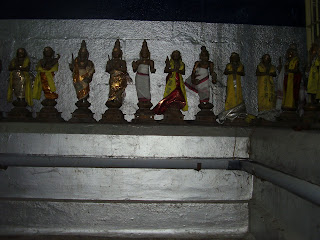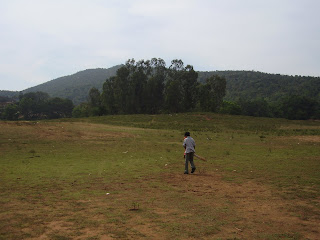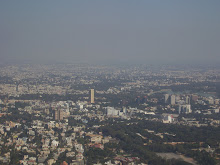
Yet another sunday and you want to drive away from all the city's noise to spend a few hours to refresh yourself, then Thonnur tank is a good getaway. Pack some food and water, a mat, a book, a pair of good binoculars and off you drive on Mysore road. Just two kilometres after Mandya is a sign board indicating a right turn to Pandavapura. Take the right turn and Pandavapura is just about 21 kms from the highway. On reaching Pandavapura ask the local people for directions to Thonnur kere and they will be more than willing to help you.

Thonnur tank is about 1000 years old according to locals. It is said to have been planned and built under the leadership of Saint Sri Ramanujacharya. The region is also said to have been under the Adil Shahs of Bijapur and then Tipu Sultan. The tank has been created by building a bund between two hills.The original tank bund is said to have been reinforced during the times of Tipu Sultan. The water from the Yadavanadi River and the many streams that run down the hills collect to form this huge tank that supplies water to the surrounding paddy and sugarcane fields.

The tank bund is about 145 kms long and the height of the bund is about 230 mts.There are four temples in and around the vicinity. The temples are the Venkataramana, Narayana, Venugopala, Yoga Narasimha and Saint Ramanujacharya temples. There is also an old sluice gate that controls the amount of water to the fields. At one point as one climbs the winding uphill road there is a small water fall where water gushes down and appears pretty forceful. The hills have many small caves that are referred to as Tipus' caves.

The view of the vast expanse of water visible from the bund is breathtaking. There are a few old stone steps that lead to the water and a small watch tower that appears recent. Many seem to enjoy a swim here and few are seen bathing and offering prayers. The hills are very rocky and can be fun to climb and explore. The rock formations are very interesting and one such formation appears like a turtle climbing up a hill. Driving around the hills through the many farms growing vegetables, sugarcane, paddy and ragi and exploring the various narrow muddy roads that reach the lake is a good experience to find a little shade to settle down.

The place has lots of areas around the lake to settle down on a mat to be with the surroundings. Kingfishers, Egrets, Drongos,Pied Wagtails, Small green Bee eaters and many more are such a treat. The Water birds such as Coots, cormorants, Darters and many more will keep you busy admiring with all their swimming,preying and calling skills. As the sun begins to set, it brings many more feathered friends but it will also be time to head back to the city. A good place for bird watchers, rock climbers and if you just like to be away from the city.


































